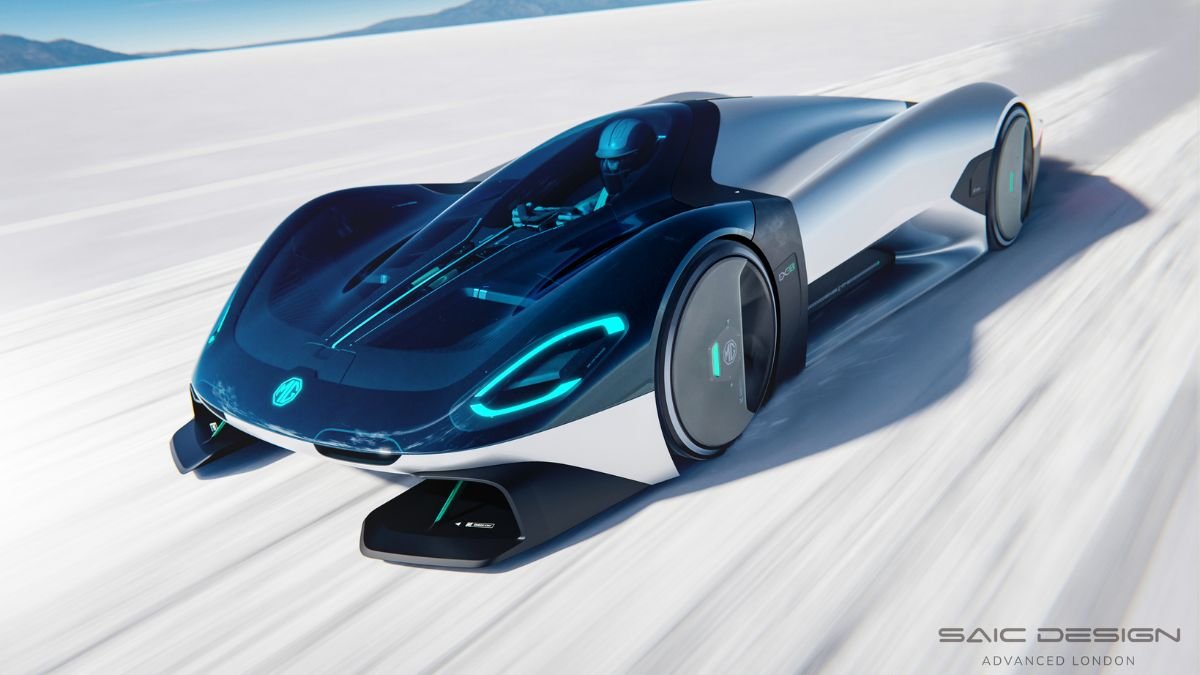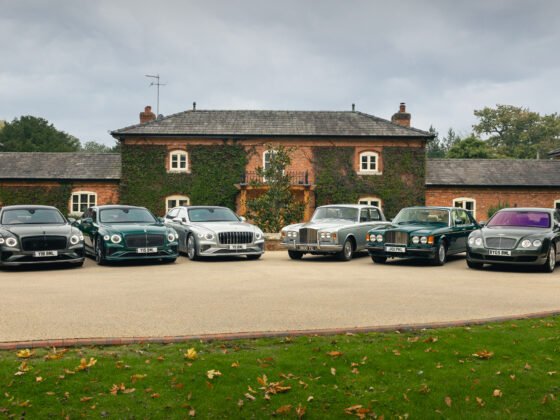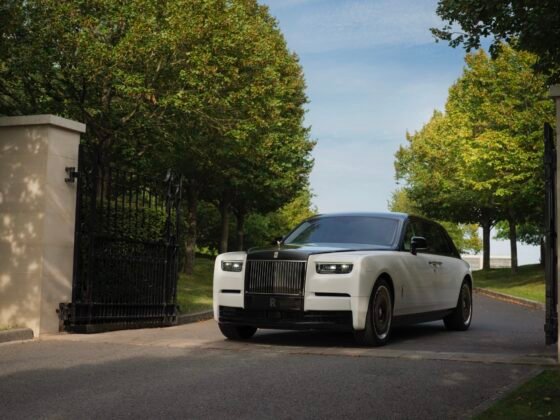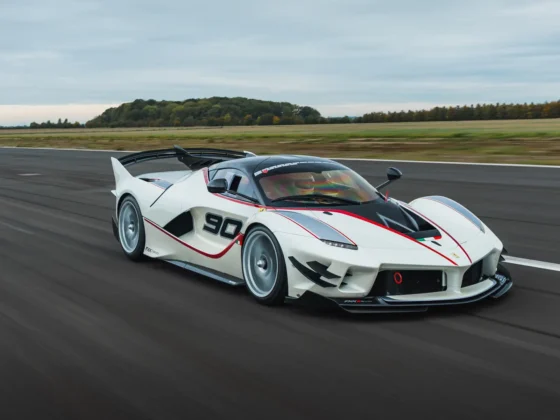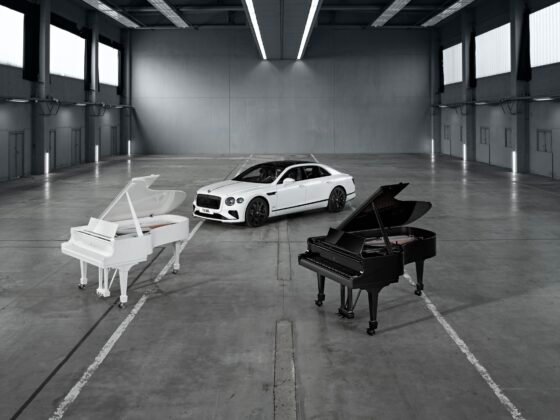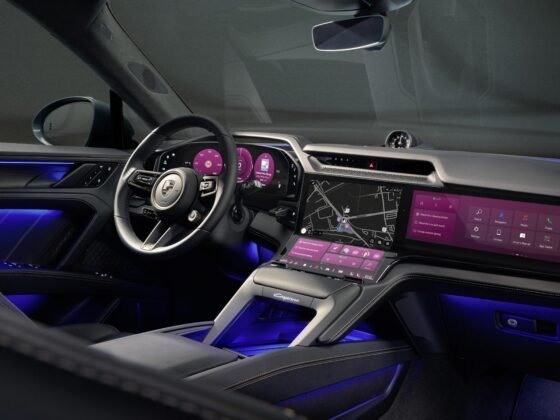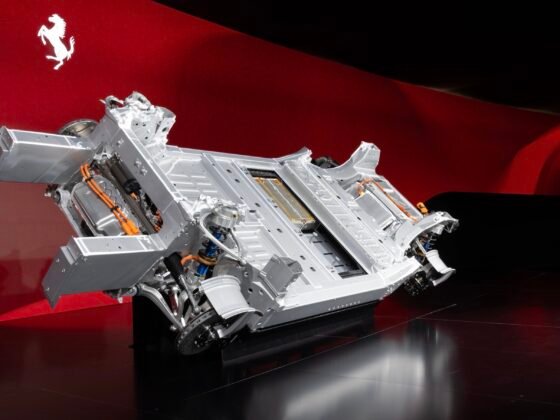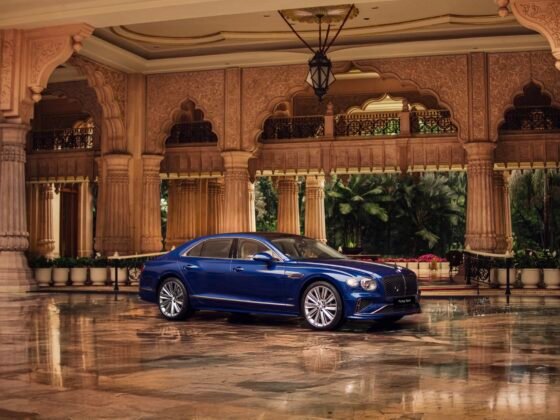At this year’s Beijing Auto Show, the SAIC-owned MG brand unveiled its stunning EXE181 concept, as a part of its centennial celebrations. The all-electric supercar highlights the brand’s rich heritage as well as demonstrating its prowess in developing cutting-edge all-electric technology.
Developed by the brand’s UK Design Centre, the EXE181 concept car pays tribute to the legendary EX181 of the 1950s. Driven by Sir Stirling Moss, the original EX181 set a world speed record for its category in 1957. A record that still stands to this day.

The new EXE181, taking clear inspiration from the original EX181’s design, features a sleek and minimalist exterior with aerodynamic shapes designed to reduce drag and enhance efficiency. The car has an impressive drag coefficient of just 0.181. For comparison, the Mercedes Vision EQXX concept, unveiled in 2022, had a drag coefficient of 0.180.

The concept car is equipped with a new high-performance electric-drive system, including a centrally mounted semi-solid-state battery and high-speed electric motors. The EXE181 claims for a top speed of 415 kmph, and an acceleration from 0-100 kmph in 1.9 seconds.

The interior of the EXE181 reflects its purposeful design, with a lightweight and compact structure designed for straight-line speed. The entire upper part of the car’s front section opens forward to give access to the central cockpit. The single-seat, featuring a Scottish Tartan pattern, pays homage to the seat of the original car and its Scottish driver.
The EXE181 features a UI design inspired by aircraft cockpits. It incorporates a streamlined steering wheel display and a Head-Up Display (HUD) to enhance the driving experience and focus.

Tom Lee, Managing Director of MG Motor Middle East, said: “The unveiling of the EXE181 concept is yet another clear demonstration of the eye-catching progress that the MG brand is making both globally and regionally. This concept car embodies MG’s core values of innovation and design excellence, showcasing our commitment to pushing boundaries and shaping the future of automotive technology.”

